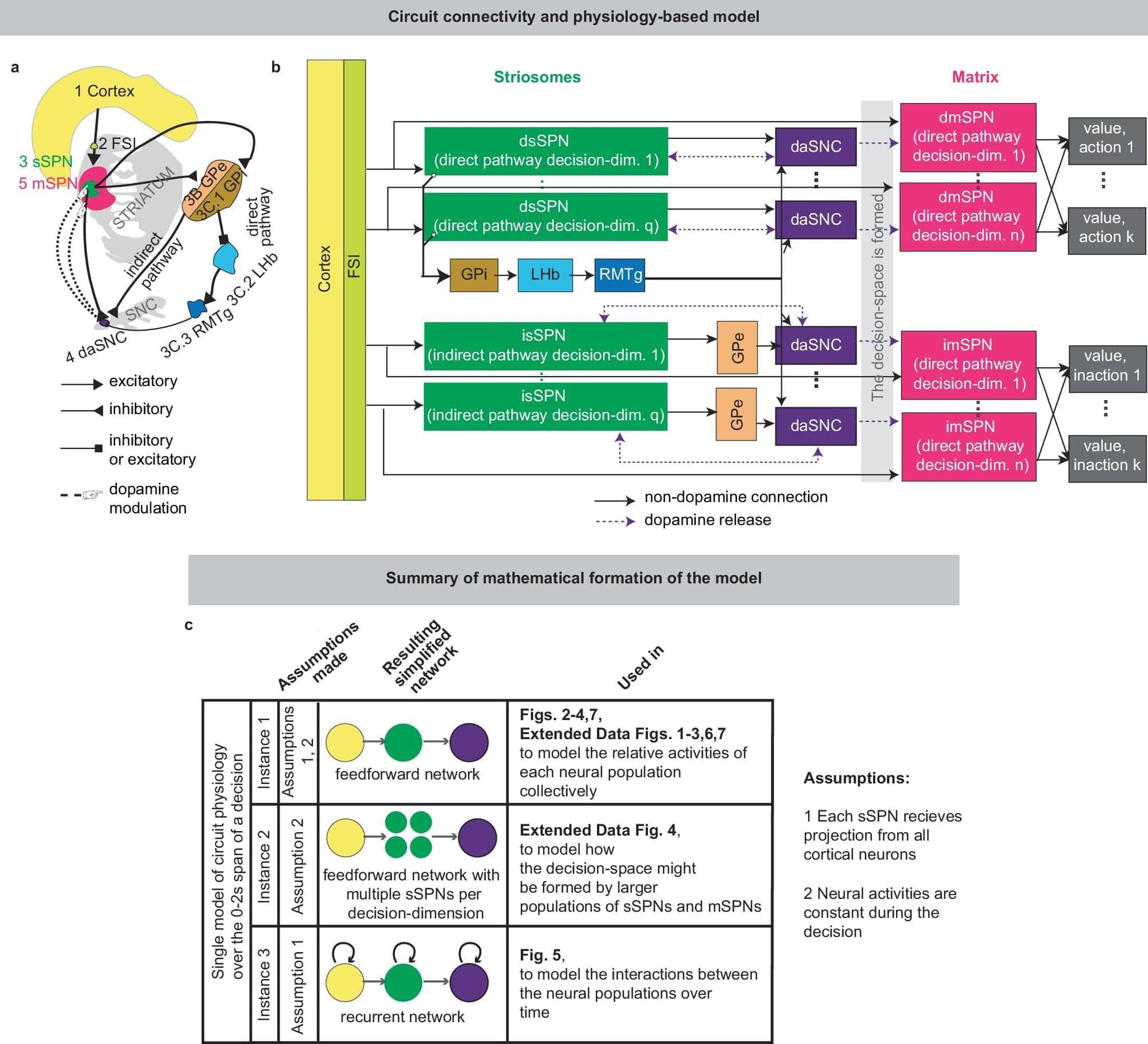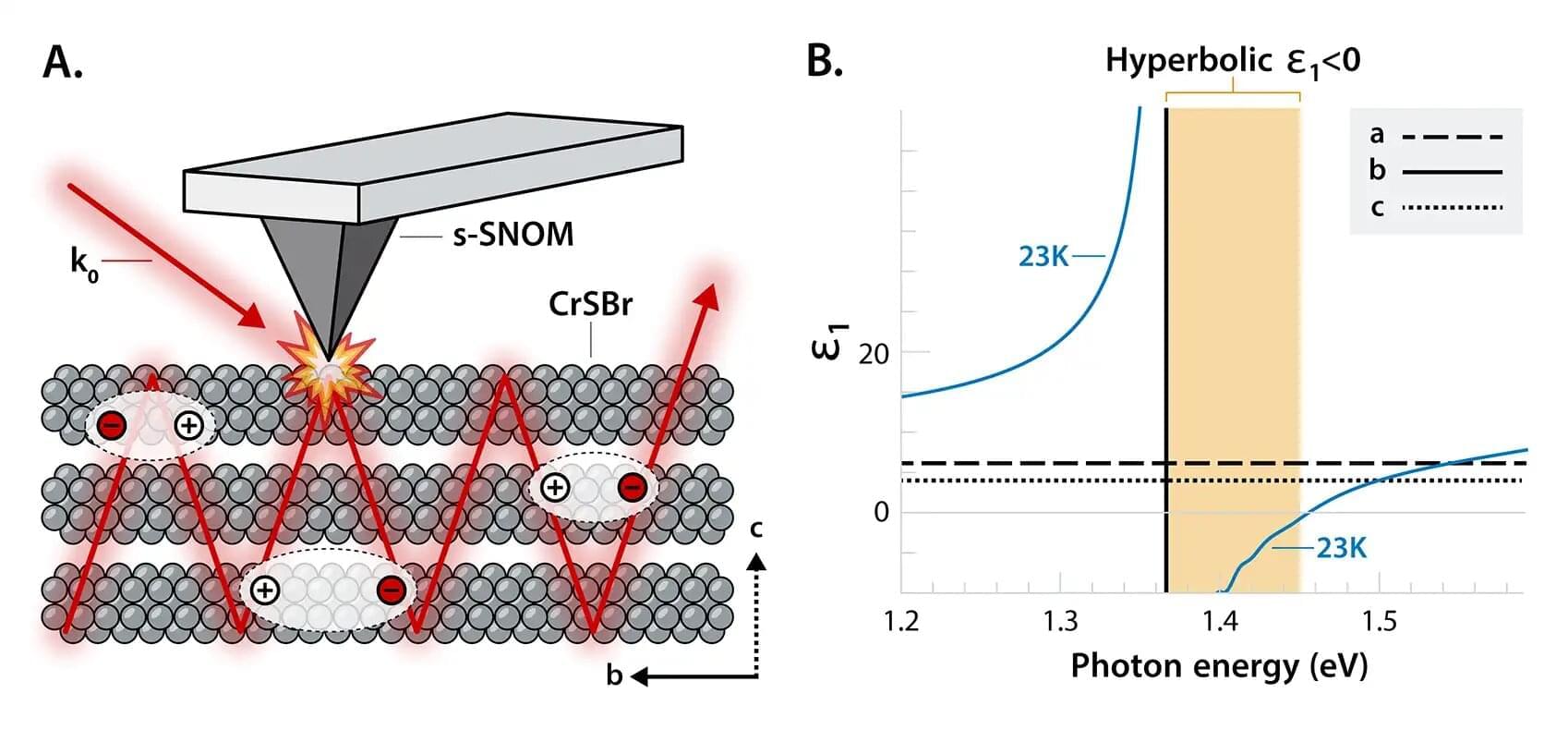Astronomers have discovered what may be a massive star exploding while trying to swallow a black hole companion, offering an explanation for one of the strangest stellar explosions ever seen.
The discovery was made by a team led by the Center for Astrophysics | Harvard & Smithsonian (CfA) and the Massachusetts Institute of Technology (MIT) as part of the Young Supernova Experiment. The results are published in The Astrophysical Journal.
The blast, named SN 2023zkd, was first discovered in July 2023 by the Zwicky Transient Facility. A new AI algorithm designed to scan for unusual explosions in real time first detected the explosion, and that early alert allowed astronomers to begin follow-up observations immediately—an essential step in capturing the full story of the explosion. By the time the explosion was over, it had been observed by a large set of telescopes, both on the ground and from space.









